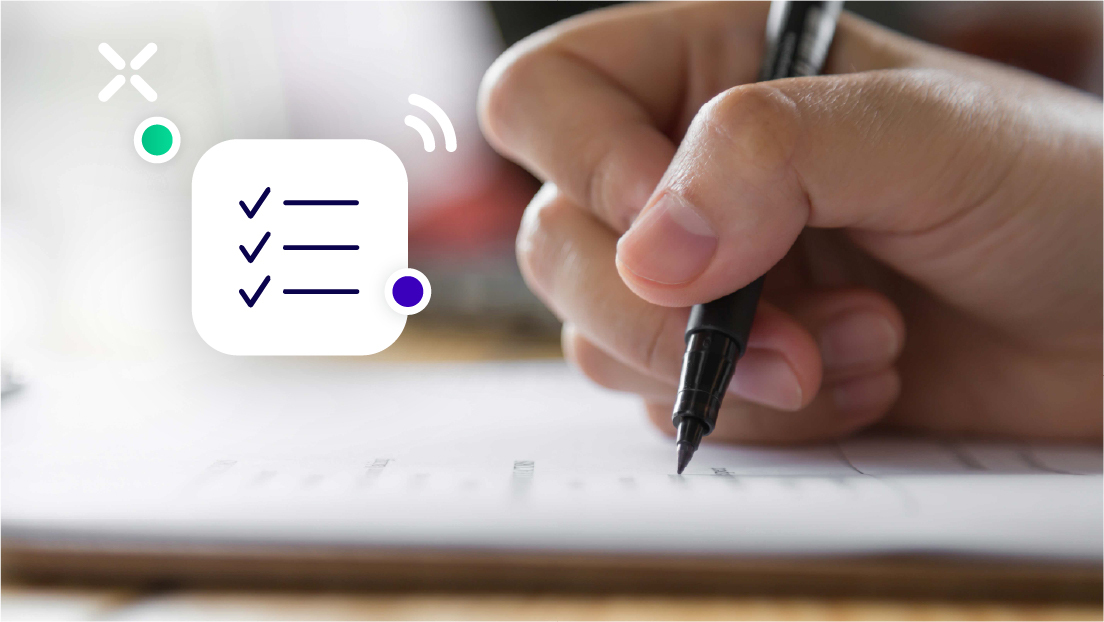When reviewing your business’s financial status and performance, the long term liabilities balance sheet plays a crucial role. This document paints an accurate picture of your company and its financial obligations to creditors. Business managers often put this off and focus on short-term liabilities instead. However, reviewing the bigger liability picture reduces the risk of defaulting on upcoming debts.
What Are Long Term Liabilities?
A long term liability is a debt or obligation that a company owes and will need to pay off over more than one year. Some long term obligations require ongoing monthly payments, while others become due in full at a later date. Companies often have a much higher default rate on the latter because they fail to plan.
Get a better handle on your company’s long term obligations by understanding the types of debts that fall under this category. By doing so, you can develop a repayment plan and avoid defaulting on your debts.
What Are Some Examples of Long Term Liabilities?
Virtually every business has some form of long term financial obligations. Common types of long term liabilities includes the following:
- Mortgage: The most common type of mortgage is a home mortgage, but businesses may also take out loans to purchase commercial property. Mortgages can last for several decades.
- Bonds Payable: A bond is a debt instrument in which an investor lends money to an entity (usually a corporation or the government). The entity uses the money to finance its operations and pays the investor periodic interest payments.
- Retirement Plans: Many businesses offer some form of retirement plan, such as a 401(k), to their employees. The company then contributes to the plan on behalf of its employees.
What Is the Difference Between Current Liabilities vs Long Term Liabilities?
The main difference comes down to the repayment period. Whereas long term debts last for more than 12 months, current liabilities cover everything due within the year. Consequently, owners may have a few weeks or months to pay current liabilities. Here are some examples:
- Wages
- Taxes
- Short-term loans
- Utilities
What Are Some Tips for Managing Long Term Financial Obligations?
Now that you have a better understanding of long term debts and how they work, it’s time to focus on managing them. By following these tips, you can reduce the risk of financial hardship:
- Review your long term liabilities balance sheet regularly. Doing so will help you stay on top of upcoming payments and ensure that you’re making the necessary payments.
- Develop a repayment plan. Creating this will help you stay organized and avoid defaulting on your obligations.
- Keep an eye on interest rates. If rates rise, your monthly payments may become unaffordable and you might need to review refinancing options.
How Can Accounts Receivable Automation Help?
Your ability to repay both current and long term debts come down to how much cash you have in hand. This, in turn, depends heavily on the performance of your accounts receivables strategies. Automating the process boosts liquidity and reduces the risk of defaulting on debt.
We designed the Gaviti accounts receivable automation software to streamline the process and improve your bottom line. These are just some of the many benefits you can expect:
- Automated payment reminders
- Reduced number of late payments
- Reduced debts write-offs for long term receivables
- Improved cash flow
- Lower A/R team burnout
If you’re looking for a way to improve your accounts receivable process, book our free demo. Start getting paid faster and easier.






















